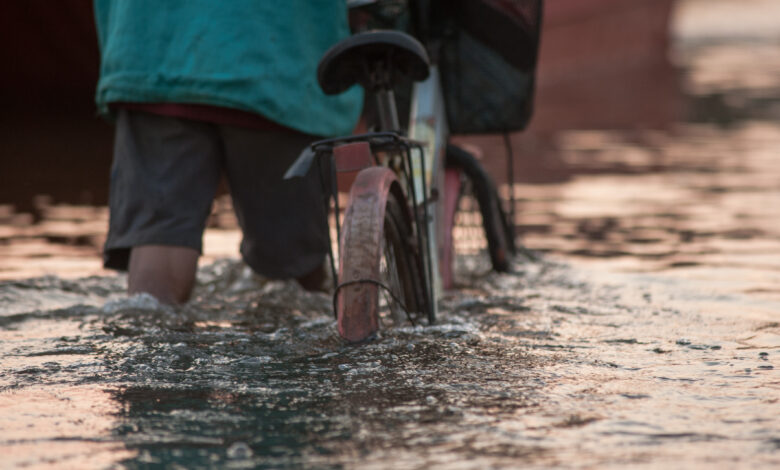Hong Kong Grapples With Consecutive Weather Challenges

Hong Kong, which was battered by a super typhoon last week, faces the prospect of another day of disruptions caused by intense rain from a different storm. Schools will be suspended on Friday, the government said in a statement, warning extreme weather conditions will last until at least noon. It called on employers to give priority to staff safety and adopt flexible work arrangements. The city’s main bus operators suspended service due to safety concerns.
The observatory raised the highest ‘black’ rainstorm warning at 11:05 p.m. local time, which remained in place as of 5:57 a.m. The rain has been caused by the remnants of Typhoon Haikui.
There was 158.1 mm (6 inches) of rain recorded at the observatory headquarters in Tsim Sha Tsui between 11 pm Thursday and midnight, which was the highest on record since 1884, the observatory said. Footage circulated widely on social media showed some roads turned into rivers and torrential water pouring down the escalators of an underground metro station. The videos couldn’t be immediately verified. MTR Corp. said it suspended part of its Kwun Tong Line due to flooding near Wong Tai Sin station. KMB and Citybus both said they halted their bus services, with Citybus saying it will assess weather and road conditions before resuming operations.
The stock market may also stay shut for at least some of the day. Under local stock exchange rules, morning trading will be delayed if the black rainstorm warning is still up by 7 a.m. The morning session of the stock market will be canceled if the warning continues to be raised by 9 a.m.
A black rainstorm warning means more than 70 mm of rain has fallen in an hour and is likely to continue. The topography of Hong Kong island — roads and buildings built into steep hillsides — makes the city vulnerable to flooding and landslides from torrential rain that typically comes during the summer months. More than 600 mm of rain was recorded in parts of eastern Hong Kong island in the past 24 hours, according to the observatory. A landslide warning is also in place.
The city was shut down on Friday and Saturday last week due to Super Typhoon Saola. That storm, the strongest to hit the city since Mangkhut in 2018, toppled trees and blocked roads. It was only the sixth time in the past four decades that the observatory raised its highest storm warning.
The storms are the latest examples of extreme weather experienced around the world this summer. In late July and August, dozens of people died in northern areas of China including Beijing due to flooding from a typhoon.





